BARIATRIC
GASTRIC SLEEVE
Gastric sleeve surgery, also known as sleeve gastrectomy, is a weight loss procedure that involves the removal of a portion of the stomach to reduce its size. During the procedure, the surgeon creates a small, sleeve-shaped stomach. This limits the amount of food that can be consumed at one time and reduces the production of the hunger hormone, ghrelin.
The procedure is always performed laparoscopically, which involves making small incisions in the abdomen and using a camera to guide the surgical instruments. This minimally invasive approach typically results in less pain, shorter hospital stays, and faster recovery times for patients. Gastric sleeve surgery has been shown to be an effective treatment option for patients with obesity, leading to significant weight loss and improvements in overall health.
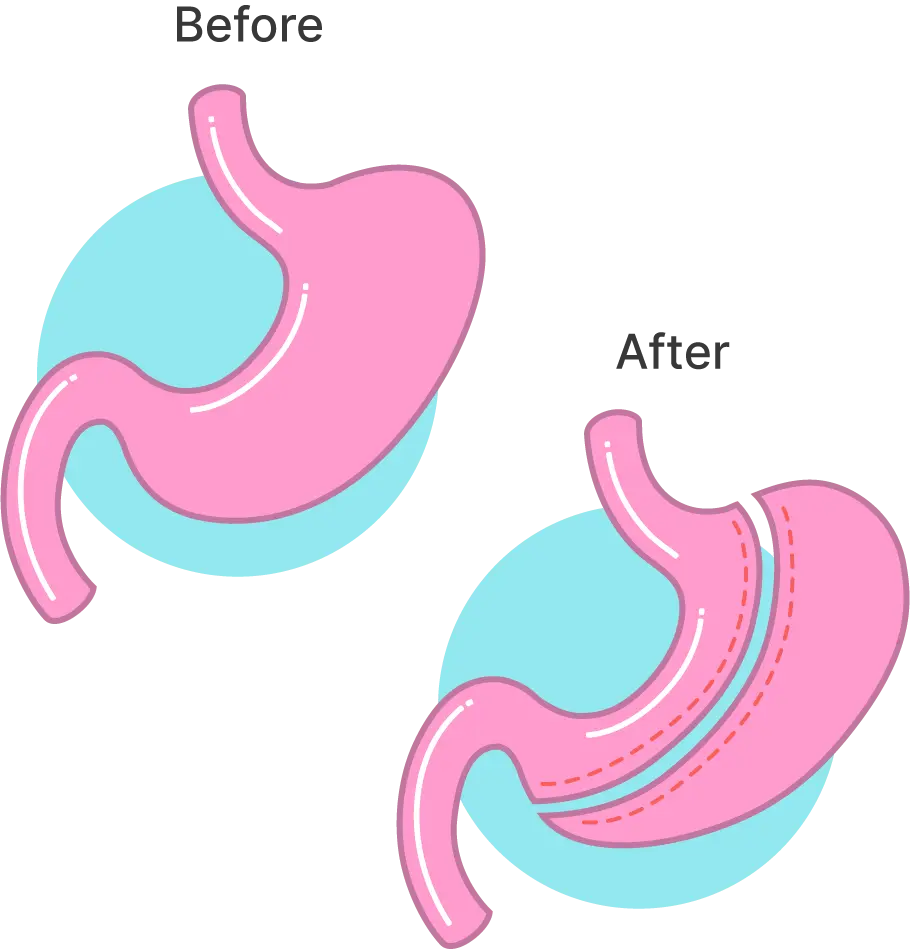
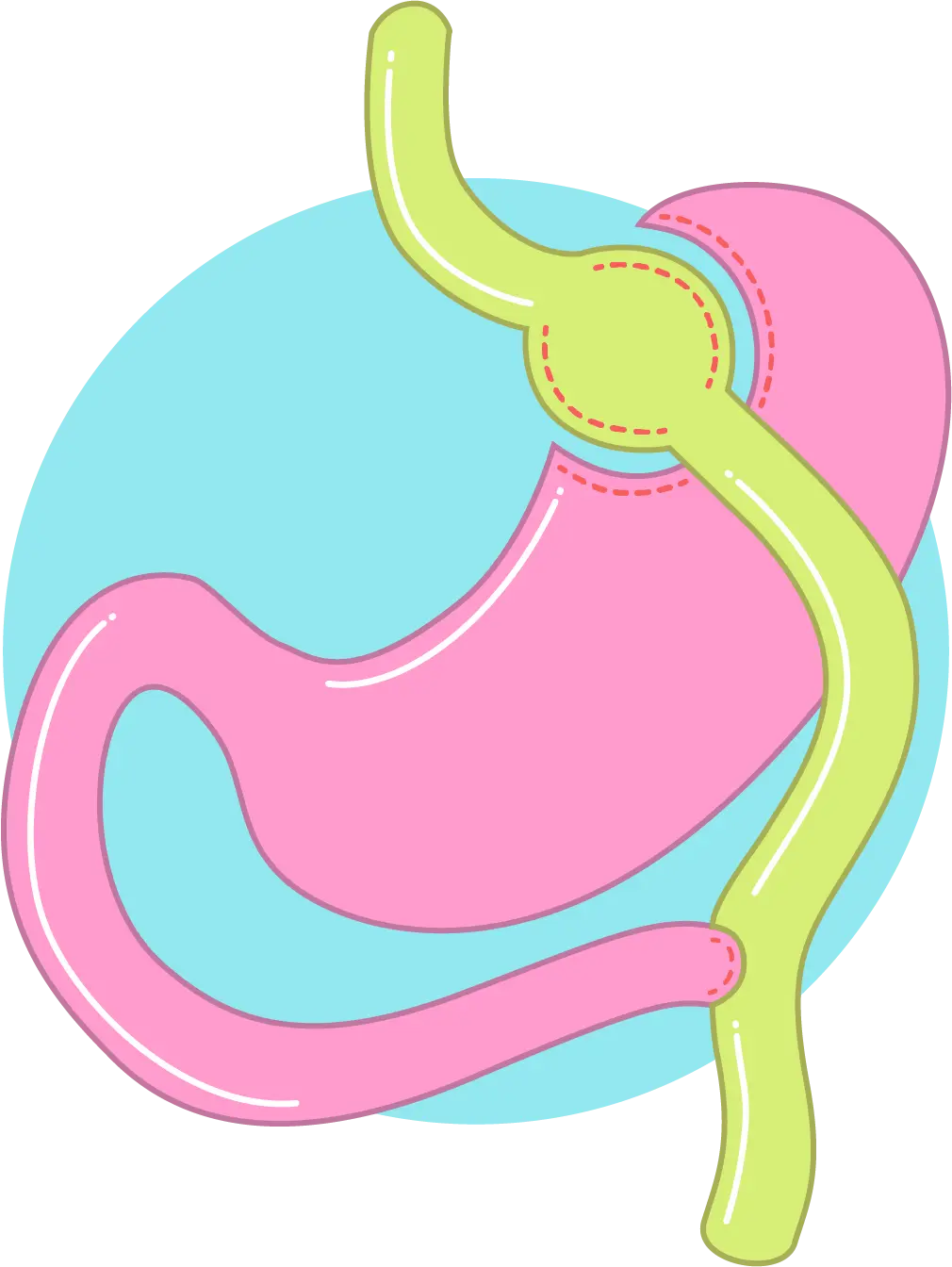
GASTRIC BYPASS
Gastric bypass surgery, also known as Roux-en-Y gastric bypass, is a highly successful weight loss procedure that can help those struggling with obesity to achieve significant and long-term weight loss. The surgery involves creating a small pouch at the top of the stomach and rerouting the small intestine to connect to the pouch, resulting in reduced food intake and calorie absorption.
One of the key benefits of gastric bypass surgery is that it is always performed laparoscopically, using small incisions and a tiny camera to guide the surgical instruments. This minimally invasive approach leads to faster recovery times and less scarring.
In addition to weight loss, gastric bypass surgery has been shown to be effective in controlling health conditions such as diabetes and hypertension. By helping to regulate blood sugar levels and lower blood pressure, gastric bypass surgery can have a positive impact on overall health.
SADI-S
SADI-S (Single anastomosis duodeno–ileal bypass with sleeve gastrectomy) is a newer variant of duodenal switch surgery. The key benefit of SADI-S is that one intestinal bypass is made, rather than two, resulting in less time in surgery. SADI-S actually removes less of the intestine than other types of bariatric surgery, increasing the amount of nutrients your body will be able to absorb.

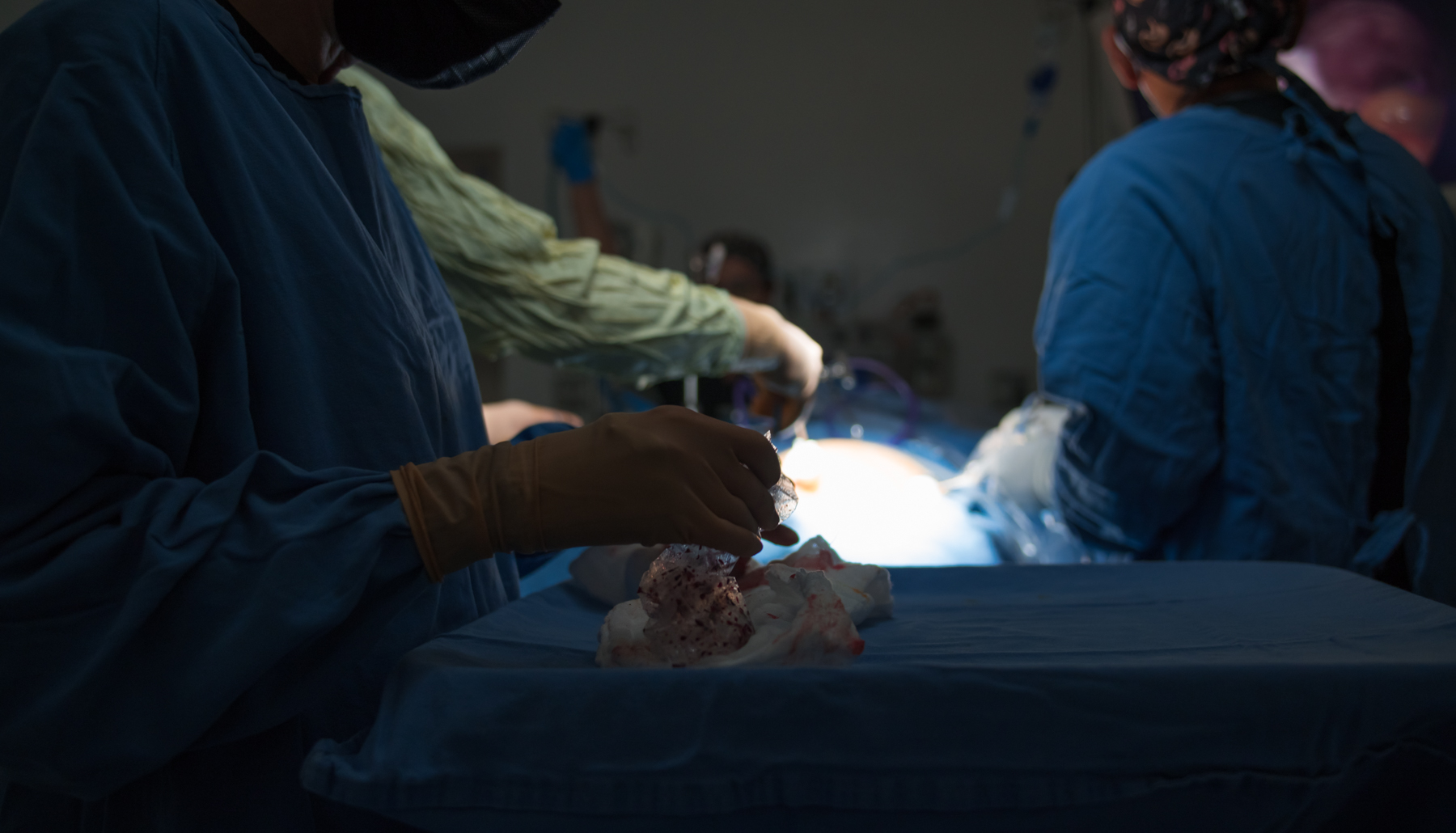
DUODENAL SWITCH
The duodenal switch, also known as biliopancreatic diversion with duodenal switch (BPD/DS), is a highly effective weight loss surgery that has helped many individuals achieve significant and long-lasting results. This procedure involves the creation of a smaller stomach pouch and the rerouting of the small intestine, resulting in reduced food intake and decreased absorption of calories and nutrients.
The duodenal switch is particularly beneficial for individuals with a high body mass index (BMI) and those with significant comorbidities such as type 2 diabetes and high blood pressure. In fact, this surgery has been shown to result in significant improvements in these conditions, leading to improved overall health and quality of life.
While the duodenal switch is a complex surgery that requires specialized expertise, our team of medical professionals has extensive experience and training in this procedure.
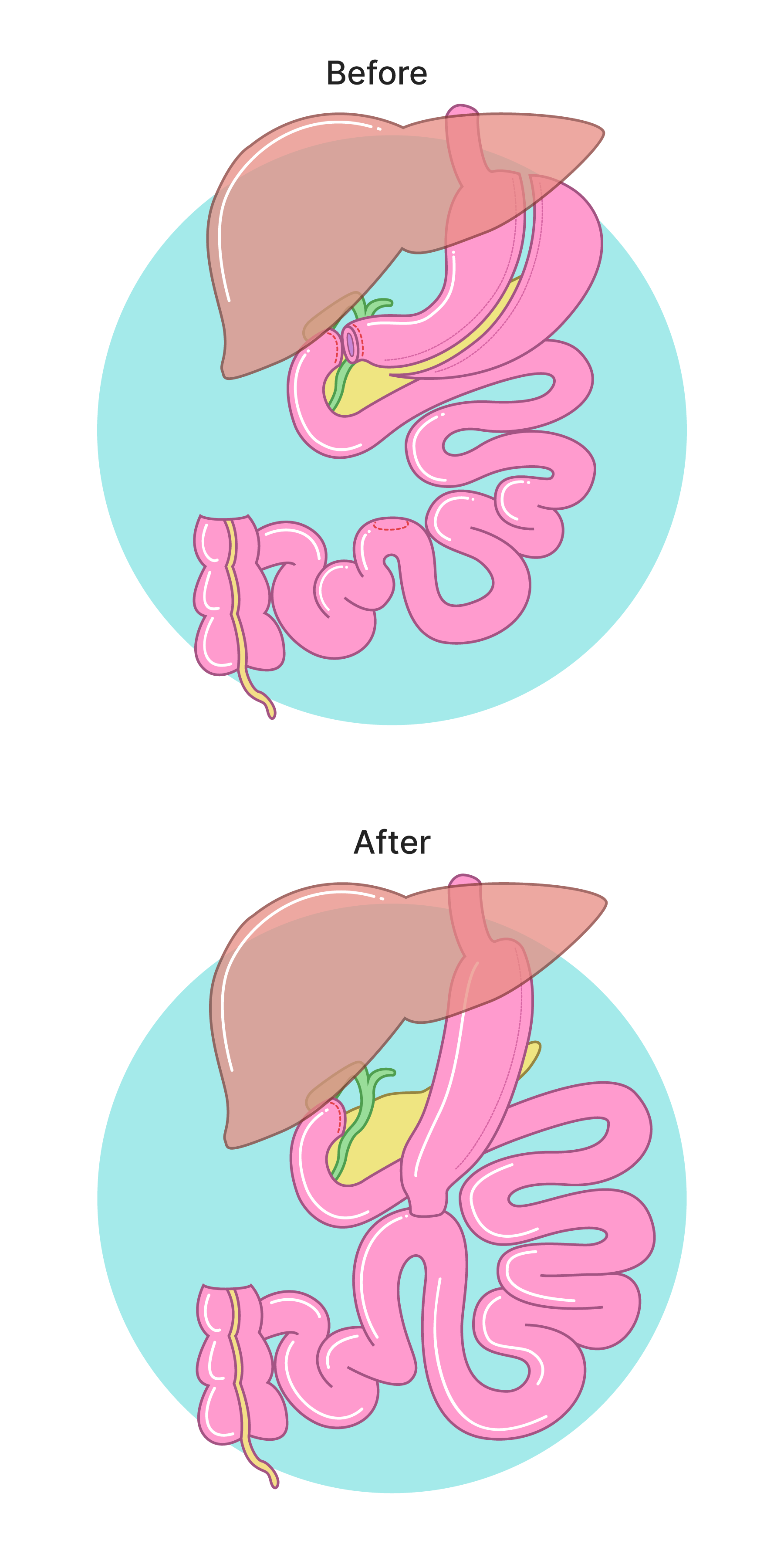
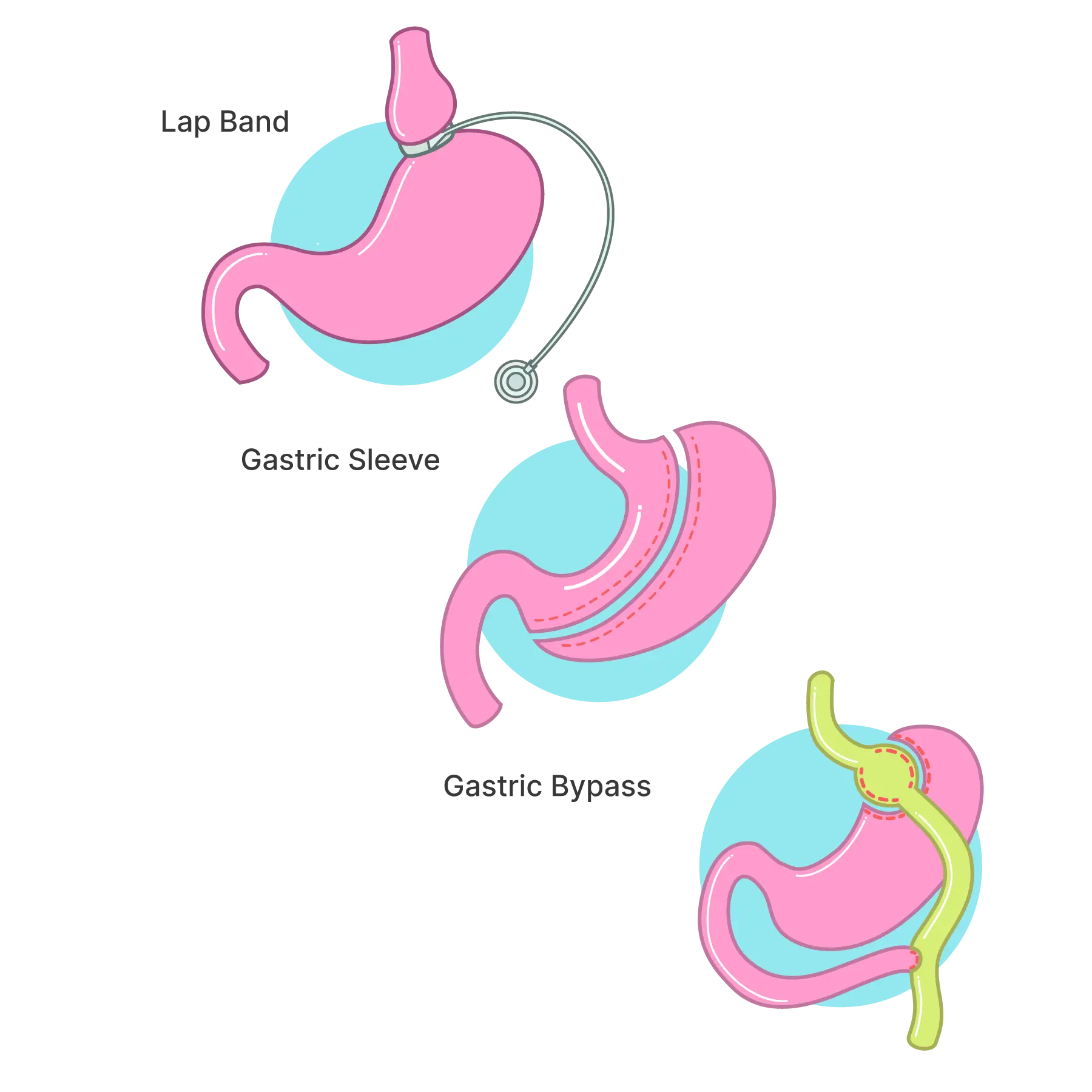
REVISION SURGERY
Revision surgery refers to a secondary operation that is performed to modify or repair a previous weight loss surgery or other procedure. This type of surgery is typically performed when a patient has not achieved the desired weight loss from their initial surgery.
Revision surgery can involve a variety of procedures, including re-sleeving, converting a gastric band to a gastric bypass, or performing a duodenal switch. The goal of revision surgery is to help patients achieve their weight loss goals and improve their overall health.
GALLBLADDER
Gallbladder surgery, or cholecystectomy, is a procedure used to remove the gallbladder, a small organ located beneath the liver. This surgery is typically performed when gallstones – hard deposits that form in the gallbladder – cause significant pain or other health complications.
The most common form of this procedure is the laparoscopic cholecystectomy. It involves making several small incisions in the abdomen and using a laparoscope – a thin tube with a high-intensity light and a high-resolution camera – to guide the removal of the gallbladder. This approach leads to less post-operative pain, a shorter hospital stay, and a quicker recovery period compared to traditional open surgery.


